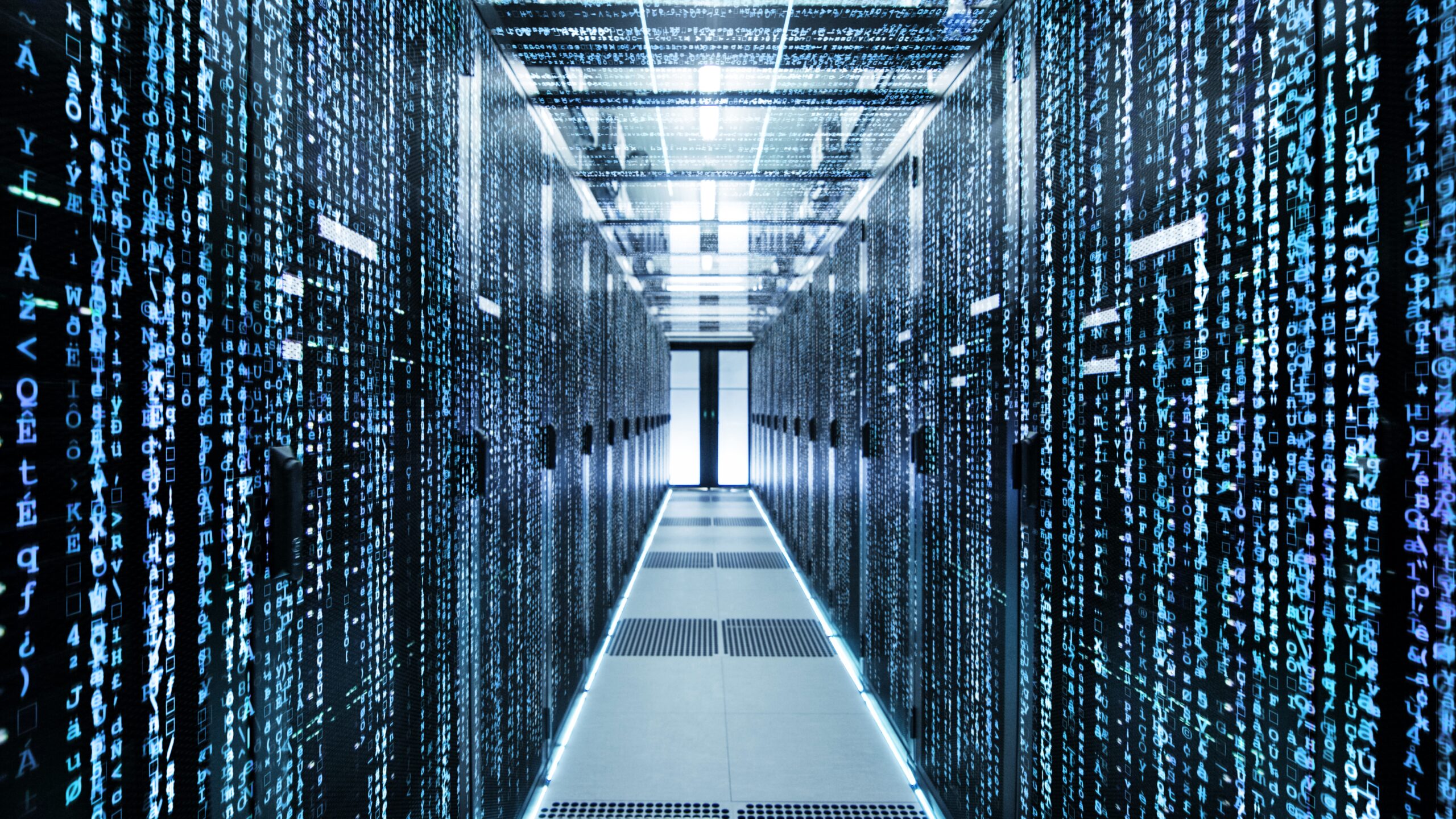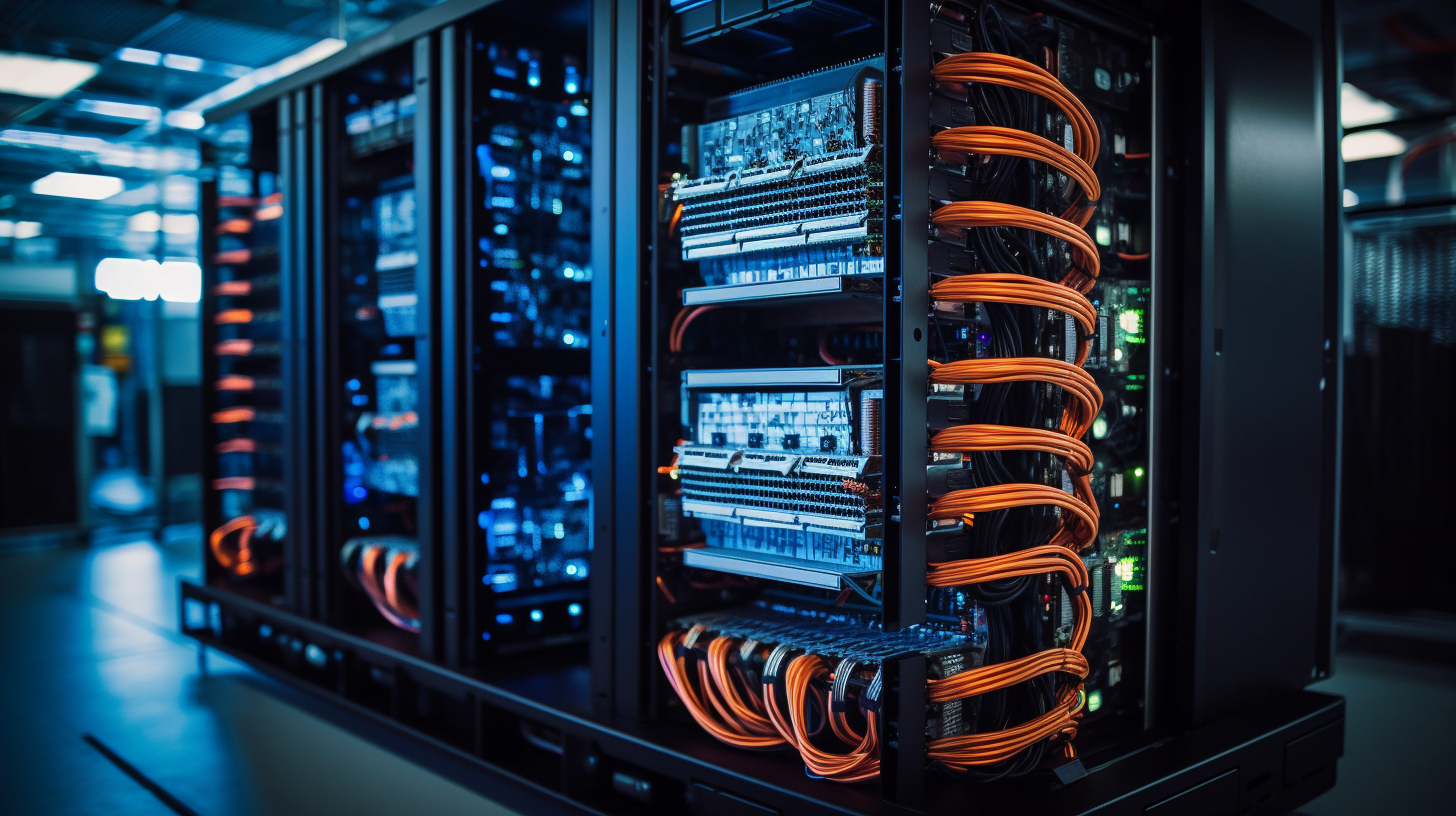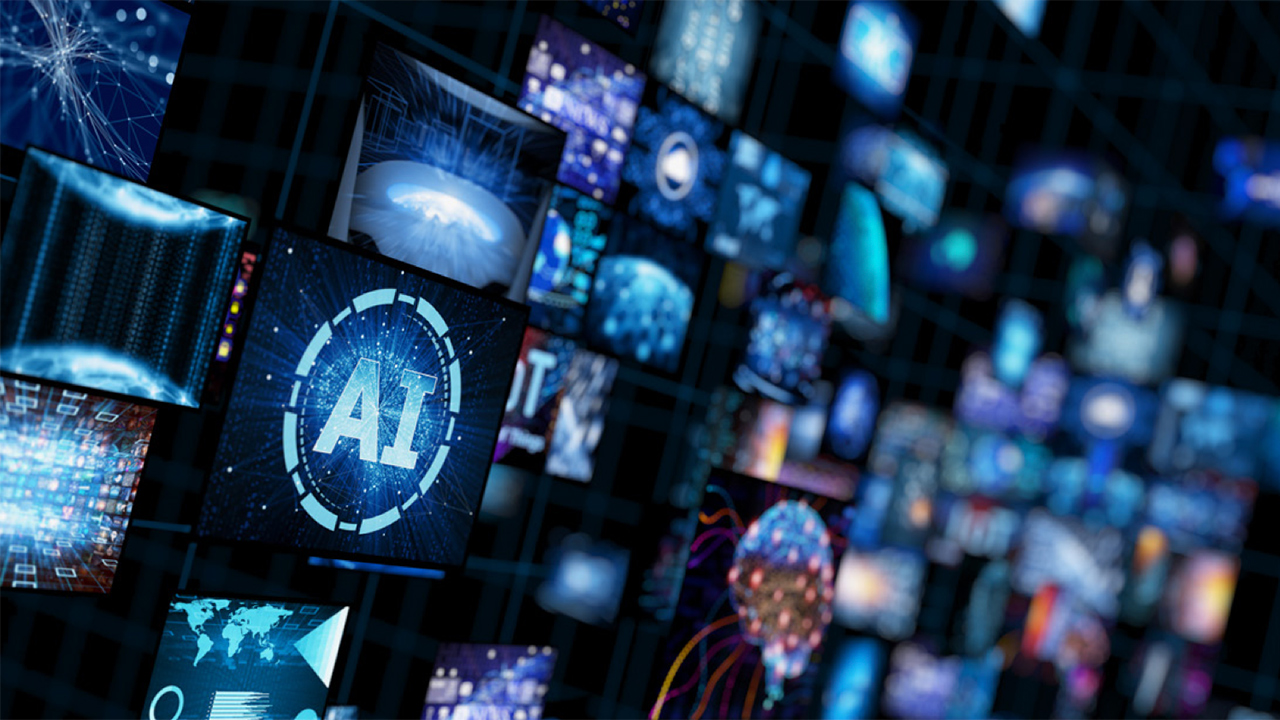AI Supercomputers: Revolutionizing the Future of Computing
The rise of Artificial Intelligence (AI) has brought about significant advancements in various industries, from healthcare and finance to transportation and manufacturing. With the increasing demand for faster and more efficient computing power, the need for advanced technology has become imperative. This is where AI supercomputers come into play – a powerful combination of high-performance computing and AI algorithms that are capable of handling complex tasks and data at an unprecedented speed.
In this article, we will delve deeper into the world of AI supercomputers, discussing their importance, capabilities, and impact on the future of computing. We will also take a closer look at some of the top AI supercomputers currently in operation and explore the potential challenges and opportunities they bring. So, let’s get started.
Introduction to AI Supercomputers
Definition and Basic Concept
An AI supercomputer can be defined as a high-performance computing system that integrates Artificial Intelligence and advanced algorithms to analyze large amounts of data at an unprecedented speed. It combines the power of massive parallel processing, advanced data storage, and AI algorithms to tackle complex problems that traditional computing systems cannot handle.

An AI supercomputer is a high-performance computing system that combines Artificial Intelligence and advanced algorithms to analyze vast amounts of data at an unprecedented rate
The basic concept behind AI supercomputers is to mimic the human brain’s ability to process and analyze vast amounts of information in a short amount of time. These supercomputers are designed to work like a neural network, with multiple interconnected nodes working simultaneously to solve complex problems. They use algorithms and machine learning techniques to learn from data, make decisions, and improve their performance over time.
Evolution of AI Supercomputers
The concept of AI supercomputers dates back to the 1960s when the term ‘artificial intelligence’ was first coined. However, it was not until the 1990s that the first AI supercomputers were built, with companies like IBM and Cray leading the way. With the advancements in hardware and software technology, AI supercomputers have become more powerful and efficient, capable of handling complex tasks and data in real-time.
Importance and Potential Applications
The importance of AI supercomputers lies in their ability to process and analyze large volumes of data at an incredible speed. This has opened up a world of possibilities in various industries, where traditional computing systems were unable to keep up with the demands of data-intensive tasks. Some of the potential applications of AI supercomputers include healthcare, finance, transportation, and manufacturing.
The Inner Workings of AI Supercomputers
Hardware Components
The hardware components of AI supercomputers play a crucial role in their performance and capabilities. These supercomputers are composed of thousands or even millions of processing cores, connected by high-speed networks, and supported by advanced data storage systems. The processing units used in AI supercomputers are usually GPUs (Graphics Processing Units) or TPUs (Tensor Processing Units), which are specifically designed for parallel computing tasks.
Along with the processing units, AI supercomputers also consist of memory modules and storage devices. The memory modules, commonly known as RAM (Random Access Memory), store the data and instructions needed for the computer to process. On the other hand, storage devices like SSDs (Solid State Drives) or HDDs (Hard Disk Drives) provide long-term storage for data and programs.
Software Architecture
The software architecture of AI supercomputers is designed to support high-performance computing and AI algorithms simultaneously. This requires a combination of specialized operating systems, programming languages, and libraries that can handle complex calculations and data manipulation.
One of the most popular operating systems used in AI supercomputers is Linux, due to its open-source nature and scalability. Along with the operating system, these supercomputers also use specialized programming languages like Python, R, and Java, which are well-suited for data analytics and machine learning tasks. Additionally, AI supercomputers rely on various libraries like TensorFlow, PyTorch, and Keras, which provide pre-built functions and algorithms for AI applications.
Role of AI Algorithms
The AI algorithms used in supercomputers are the backbone of their capabilities and performance. These algorithms are designed to learn from data, make decisions, and improve over time. One of the most common types of AI algorithms used in supercomputers is machine learning, which involves training the computer to identify patterns and make predictions based on data.
The type of AI algorithm used in a supercomputer depends on its purpose and application. For example, in healthcare, AI algorithms are used for disease diagnosis and treatment, while in financial services, they are used for risk analysis and prediction. Some supercomputers also integrate deep learning algorithms, which involve training the system on large and complex datasets to recognize objects, images, and speech.
Applications of AI Supercomputers
Healthcare and Medical Research
AI supercomputers have made significant advancements in the field of healthcare and medical research. With the ability to process and analyze vast amounts of medical data from various sources, these supercomputers are being used for disease diagnosis and treatment, drug discovery and development, and medical imaging and analysis.

AI supercomputers have achieved notable progress in the realm of healthcare and medical research
Disease Diagnosis and Treatment
One of the key applications of AI supercomputers in healthcare is disease diagnosis and treatment. These systems can analyze patient data, including medical records, lab results, and imaging scans, to assist doctors in making accurate diagnoses and treatment plans. This not only saves time but also helps in identifying diseases at an early stage, improving patient outcomes.
Drug Discovery and Development
Another significant use of AI supercomputers in healthcare is drug discovery and development. These supercomputers can sift through vast amounts of chemical compounds and predict their effectiveness against specific diseases. This has drastically reduced the time and cost involved in developing new drugs, leading to more efficient treatments for patients.
Medical Imaging and Analysis
AI supercomputers are also being used in medical imaging and analysis, where they can detect abnormalities in X-rays, MRIs, CT scans, and other medical images with high accuracy. This has improved the speed and accuracy of diagnosing diseases like cancer, heart disease, and neurological disorders.
Financial Services
AI supercomputers are also making a significant impact on the financial services industry. With the increasing volume and complexity of financial data, traditional computing systems are unable to keep up with the demands. AI supercomputers, on the other hand, can analyze large amounts of financial data in real-time, providing valuable insights for decision-making.
Fraud Detection and Prevention
One of the key applications of AI supercomputers in finance is fraud detection and prevention. With the help of AI algorithms, these supercomputers can detect patterns and anomalies in financial transactions, flagging potential fraudulent activities. This has helped financial institutions save millions of dollars by preventing fraudulent transactions.
Risk Analysis and Prediction
AI supercomputers are also being used for risk analysis and prediction in the financial services industry. These systems can analyze market trends, customer behavior, and other relevant data to make predictions about potential risks and opportunities. This has helped financial institutions in making more informed investment decisions and managing their portfolios effectively.
High-Frequency Trading
Some companies are using AI supercomputers in high-frequency trading, where speed and accuracy are critical. These supercomputers can analyze market data and make trades in a matter of microseconds, far surpassing human capabilities. This has given companies a competitive edge in the fast-paced world of high-frequency trading.
Transportation and Logistics
The transportation and logistics industry is another sector that has greatly benefited from AI supercomputers. With the potential to process vast amounts of data from various sources, these supercomputers are playing a crucial role in making transportation and logistics operations more efficient and cost-effective.
Autonomous Vehicles and Drones
One of the most significant applications of AI supercomputers in transportation is in autonomous vehicles and drones. These supercomputers use sensors and cameras to collect real-time data about their surroundings and make decisions based on that data. This has enabled the development of self-driving cars and drones, which have the potential to transform the transportation industry.
Route Optimization and Planning
AI supercomputers are also being used for route optimization and planning, helping transportation companies to save time and fuel costs. These systems can analyze data from traffic patterns, weather conditions, and delivery destinations to provide the most efficient routes for vehicles. This has improved the speed and accuracy of deliveries, resulting in higher customer satisfaction.
Predictive Maintenance
Another significant application of AI supercomputers in transportation is predictive maintenance. With the help of sensors and AI algorithms, these systems can monitor the health of vehicles and predict when maintenance is required. This has helped transportation companies reduce downtime and maintenance costs, leading to more efficient operations.
Manufacturing and Industry 4.0
AI supercomputers are also playing a crucial role in the manufacturing industry and the advancement of Industry 4.0. With their ability to process and analyze large amounts of data in real-time, these supercomputers have opened up new possibilities for automation, quality control, and optimization in manufacturing processes.
Quality Control and Defect Detection
One of the key applications of AI supercomputers in manufacturing is quality control and defect detection. These systems can analyze images, sensor data, and other sources to identify defects and anomalies in products. This has improved the quality control process and reduced the number of defective products, saving manufacturers time and resources.
Predictive Maintenance and Process Optimization
Similar to the transportation industry, AI supercomputers are also being used for predictive maintenance and process optimization in manufacturing. With sensors and AI algorithms, these supercomputers can monitor equipment and predict when maintenance is required, reducing downtime and increasing efficiency. They can also analyze data from various sources to optimize manufacturing processes, resulting in cost savings and improved productivity.
Supply Chain Management
AI supercomputers are also playing a significant role in supply chain management, particularly in inventory management and demand forecasting. By analyzing data from various sources, including sales data, market trends, and weather patterns, these systems can predict demand and optimize inventory levels, reducing costs and improving efficiency.
Top AI Supercomputers in Operation
IBM Watson
IBM Watson is considered one of the pioneers in the field of AI supercomputers. It was first introduced in 2011 and has since been used in various industries, including healthcare, finance, and transportation. It uses a combination of natural language processing and machine learning algorithms to analyze large amounts of data and provide insights for decision-making.
One of the most notable applications of IBM Watson is its use in healthcare. The system has been trained on millions of medical records, textbooks, journal articles, and other sources of information, making it capable of assisting doctors in diagnosing rare diseases and recommending personalized treatment plans.
Tianhe-2
Tianhe-2 (also known as MilkyWay-2) is a Chinese supercomputer that was ranked the world’s fastest in 2013 and retained the title until 2016. It is based on the Intel Xeon Phi architecture and uses a combination of CPUs and GPUs for parallel computing. Tianhe-2 is primarily used for scientific research and simulations, with applications in weather forecasting, astrophysics, and material science.
Summit and Sierra
Summit and Sierra are two supercomputers developed by IBM for the United States Department of Energy. Both these systems use the same hardware architecture, consisting of IBM Power9 CPUs and NVIDIA V100 GPUs. They are currently ranked as the second and third-fastest supercomputers in the world, respectively, and are primarily used for AI and scientific research.
Fugaku
Fugaku is a Japanese supercomputer that was officially launched in 2020. It is currently the fastest supercomputer in the world, with a processing speed of over 415 petaflops. Fugaku uses a custom ARM-based processor and is being used for a wide range of applications, including weather forecasting, drug discovery, and materials science.
Sunway TaihuLight
Sunway TaihuLight is a Chinese supercomputer that held the title of the world’s fastest in 2016. It uses a custom-designed Sunway SW26010 processor, which is primarily based on the ARM architecture. Sunway TaihuLight is mainly used for simulations and modeling, with applications in climate research, high-energy physics, and oil exploration.
Challenges and Opportunities for AI Supercomputers
Despite their significant capabilities and potential, AI supercomputers also bring about some challenges and opportunities that need to be addressed.

Although AI supercomputers possess substantial capabilities and potential, they also present challenges and opportunities that require careful consideration
Ethical Concerns and Biases
One of the major concerns surrounding AI supercomputers is their ethical implications. These systems are only as good as the data they are trained on, and if the data contains biases or inaccuracies, it can lead to biased decisions. This has raised concerns about the potential impact of AI supercomputers on society, particularly in areas like healthcare and financial services.
To address this issue, researchers and companies are working on developing algorithms and techniques to reduce bias in AI systems. However, this remains an ongoing challenge that needs to be carefully monitored and regulated.
Data Privacy and Security
With the increasing use of AI supercomputers, the volume and sensitivity of data being processed is also increasing. This raises concerns about data privacy and security, particularly in industries like healthcare and finance, where sensitive personal information is involved.
To ensure data privacy and security, measures such as encryption, secure storage, and access control need to be implemented. Additionally, strict regulations and guidelines need to be in place to protect personal data from being misused or compromised.
Integration and Scalability
Another challenge for AI supercomputers is integrating them into existing systems and making them scalable. Many organizations face challenges in integrating these systems with their legacy systems and applications, which can hinder their adoption.
To overcome this challenge, companies need to invest in research and development to find efficient ways of integrating AI supercomputers into their existing infrastructure. This will also involve training employees on how to use these systems effectively.
Potential Impact on the Job Market
The increased use of AI supercomputers and automation has raised concerns about their potential impact on the job market. While it is true that some jobs may become obsolete due to advancements in technology, there is also a potential for the creation of new jobs in areas such as data science, machine learning, and AI development.
To mitigate the potential negative impact on the job market, governments and organizations need to invest in reskilling and upskilling programs to prepare the workforce for the future of work.
Future Advancements and Possibilities
Despite the challenges, the future looks promising for AI supercomputers. As technology continues to advance at a rapid pace, we can expect even more powerful and efficient AI supercomputers in the coming years. These systems have the potential to revolutionize industries like healthcare, transportation, and manufacturing, paving the way for more efficient and intelligent operations.
Conclusion
AI supercomputers have changed the landscape of computing, unlocked new possibilities and improving efficiency in various industries. With their ability to process and analyze vast amounts of data at an incredible speed, they are playing a crucial role in the advancement of AI and machine learning.
However, as with any new technology, AI supercomputers also bring about challenges and concerns that need to be addressed. Ethical considerations, data privacy, and integration issues are just some of the challenges that need to be carefully monitored and regulated.
Nevertheless, the potential for AI supercomputers to transform industries and pave the way for future advancements is unmatched. It is essential for organizations and governments to embrace this technology and invest in its development to reap its benefits fully. The future of computing is undoubtedly exciting, and AI supercomputers are leading the way towards a more intelligent and efficient future.












Post Comment